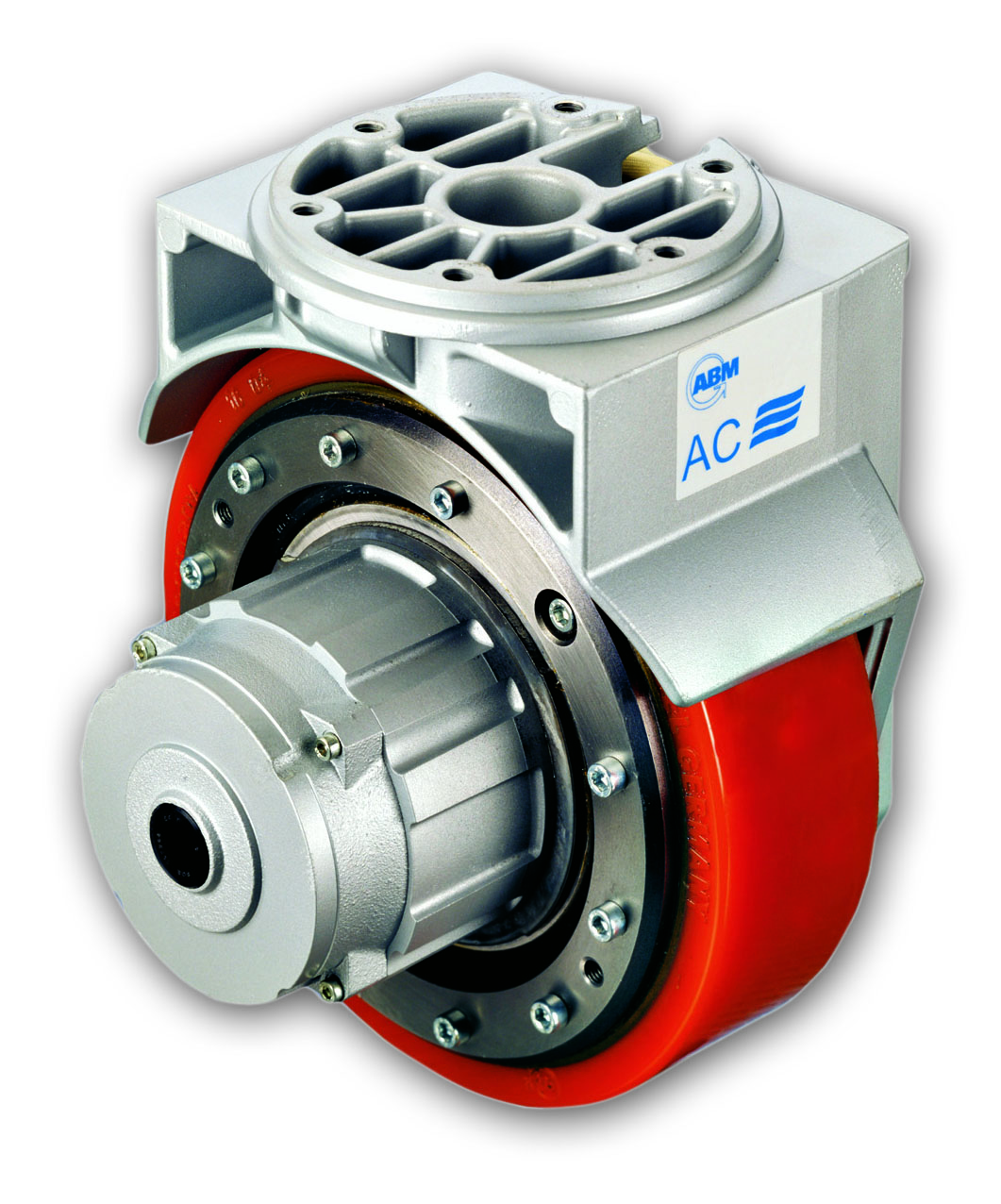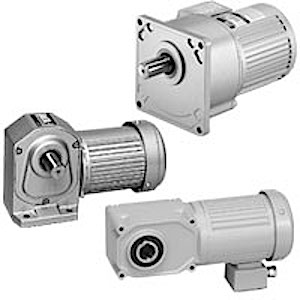Updated May 2018 || A gearmotor is a single component that integrates a gear reducer with either an ac or dc electric motor. Gearmotors can deliver high torque at low horsepower or low speed. This is because the gearhead functions as a torque multiplier and can allow small motors to generate higher torque.

Gearmotors can be built with either ac or dc motors. In addition, a common way to categorize gearmotors is by the type of gearing used. So there are a number of choices for the gear reducer. Common types of gears that can be paired with a motor to form a complete gearmotor include bevel, helical, hypoid, spur and worm gears.
Naturally, each of these gears has advantages and disadvantages. So for instance, generally helical gears have more torque capacity than spur gears, and they generate less noise, and so are quieter. Worm gears, on the other hand, are generally better in the low torque range and good for high speed reductions.
Another way to classify gearmotors is by the physical arrangement of the final complete unit. For instance, there are so-called inline gearmotors where the gear shaft is parallel with the motor shaft, also called a parallel shaft. These can either be offset from the output shaft or completely in line with it. Another configuration is the right-angle gearmotor, where the output shaft is at a 90-degree angle to the motor shaft. Some also refer to a planetary configuration, which describes the configuration of the gears inside the gearmotor. Because of the arrangement of the gears inside the motor in a planetary fashion, these types of gearmotors tend to be more compact in size and also offer high torque density. Shaft arrangement is generally inline, which eliminates any issues with shaft offset.
In selecting a gearmotor, the most important ratings are typically input horsepower, output torque, and output speed.



Leave a Reply
You must be logged in to post a comment.